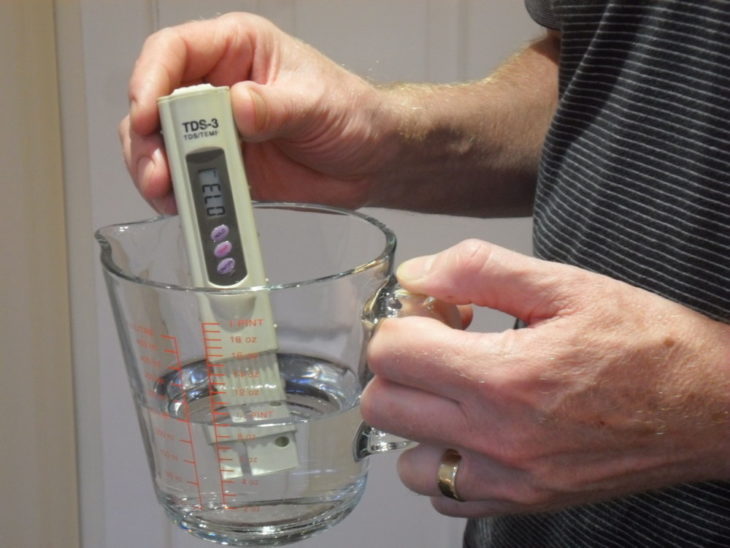Humans cannot live without water, as water is a primary source of life. However, water contains both organic and inorganic materials and substances, and these substances that make a large portion of it. These compounds dissolve, and while both are essential for life, taking more than the desired amount can be harmful to us. These compounds, both organic and inorganic, are called TDS, which is short for Total Dissolved Solids.
If TDS levels in our water aren’t checked or monitored, they can be the cause for a lot of diseases, and the cause for turbidity and sediments.
Every liquid has TDS levels, which is used to measure its total organic and inorganic compounds. Everything apart from H2O molecules is measured this way, and they can be minerals, salts, and organic matter that naturally occurs in water. TDS levels are a general indicator of the quality of the water, and if the TDS levels are too high, then that can be a problem. Read more to see if you should be concerned about TDS in your water

Source: Water Purifiers Experts
Contents
Understanding the Nature of TDS
Every source of water on our planet contains compounds and substances that naturally dissolve. This is not something unusual in nature and we measure it in TDS. Every compound found in water, both organic and inorganic, dissolves. But certain waters have a higher concentration of these ingredients, which raises the TDS levels. The most naturally occurring substances in water are potassium, calcium, chlorides, sulfates, magnesium, and bicarbonates. In addition to these minerals, water can also contain heavy metals but to a very low degree. When measuring for TDS, heavy metal concentration cannot be easily determined.
TDS are measured in “parts per million” or (ppm) in milligrams per liter (mg/L). The EPA hasn’t put a TDS limit, since TDS doesn’t really pose that great of a health risk to people. However, it is said that the optimal amount of TDS levels should be 500 ppm.
To measure water TDS levels, people use water purifiers in their homes. For more information, you can go and visit www.kitchenarena.in/best-water-purifiers-india/
What Factors Affect TDS Levels?

Source: Mission Network News
High Flow Rates
The biggest contributing factor to TDS is whenever we have a high flowing rate of a certain body of water. During high flows, particles get washed up during the process, which ultimately increases TDS. When the flow rate is steady, the number decreased. When it rains, the rain can also pick up particles such as soil particles, leaves, clay, etc., and increase the levels of TDS.
Soil Erosion
Soil erosion is the 2nd biggest factor that determines TDS in drinking water. Erosion is caused by the dealings on the surface, and it can mostly occur when the surface area is unstable due to various factors, of which most notable are forest fires and constructions. When soil erosion occurs, large quantities of various particles from the soil get washed up. These mostly go into our surface water, which we sometimes use for drinking. Soil erosion is a big factor since all these particles increase TDS levels.
Urban Runoff
During storms, the rain can wash a lot of debris from our streets.. Since our streets and urban areas can be quite messy, all that mess will be washed into our rivers, which ultimately increases the TDS levels in drinking water.
